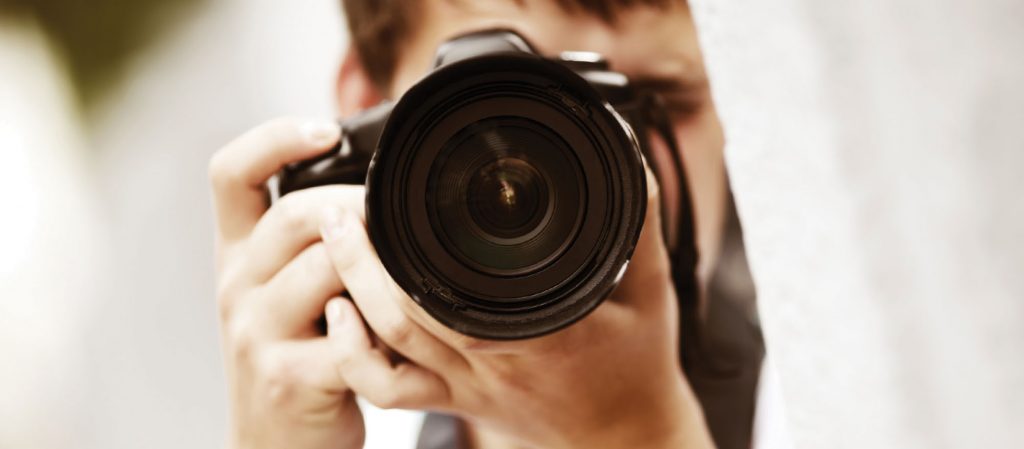We live in an experiential world and people tend to identify with the experiences of others. Reality television, whether you like it or hate it, has changed the way we view things and relate to people. It has let us into the lives of people we dream about becoming or being like. It has altered our perception of the world.
Digital photography can impact your practice in a variety of ways. Good pictures can help to educate your patients, improve case acceptance, help in shading when sending work to a dental lab and improve a patients confidence following treatment. It can also help a patient who is on the edge of making a decision, see more clearly why they need the work.
You should also get as many angles of the teeth as possible. This will mean you will need an assistant to hold retractors and even use some mirrors to get the shot. The more angles you have, the more you can show the patient to educate them and move them forward with treatment.
Get The Before and Afters
The before and after shots are important. These shots are going to help you set up for the next phase which is being able to help others identify and see what treatment can do for them.
- STANDARD PHOTOS
- The required views for clinical case submission to the American Academy of Cosmetic Dentistry are 12 preoperative views and 12 postoperative views. A standard set of photographs consists of the following: 1. Three extraoral photos: Two frontal views of the face (one in repose and one smiling) and one profile shot 2. Five intraoral photos: Five retracted views, including an anterior view, a right view and a left view, and two mirror occlusal shots (one of the mandible and one of the maxilla) 3. For cosmetic cases, an anterior retracted view with the teeth apart is very helpful. This makes for six intraoral photos instead of five.
You will also want to get shots with just the mouth showing. Get one with the mouth slightly closed and then with a full smile.
Good digital photography can help patients considering cosmetic treatments to identify with the experiences of others and move them forward in making a decision to have that treatment done themselves. It gives them a sense of belonging and even a feeling of elitism.
People like to feel that they are important and they like the feeling of having something exclusive.
Digital Photography of successful outcomes of your patients lend to what we call in marketing a “Case Study.” A case study is simply the story of the patient from where they started to the end result. This story is not just told with words but with pictures of the progression of the case.
Most offices have a great camera for photography and a good office will use it. If you don’t have a good camera or you are thinking of upgrading, the Canon 60d or 6d are great choices. It needs to become a habit with you and your team in taking great photos.
You can also use your iPhone or other smartphone if it has a good camera. The iPhones have notoriously great cameras. Now you can ad lenses from companies like Olloclip to really enhance your phones picture taking ability.
These and other photography accessories can be found easily on Amazon or B&H Photo.
Get The Release Forms
Be sure and get the proper release forms from your patients in order to post the pictures on your website and your social media pages. Get permission to tell their stories on these outlets. Let them know that by them telling their story and showing the process they have been through to get that beautiful smile will help other people who are embarrassed about their smile take that next step in getting it fixed.
Once you have photographed and documented these patient stories, you need to make them available in your waiting area and in the rooms where patients who need or are considering these types of treatments have easy access to them.



